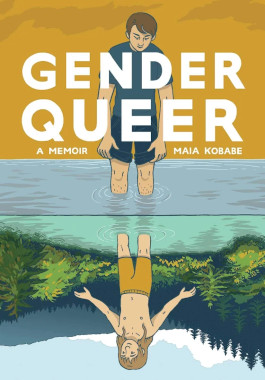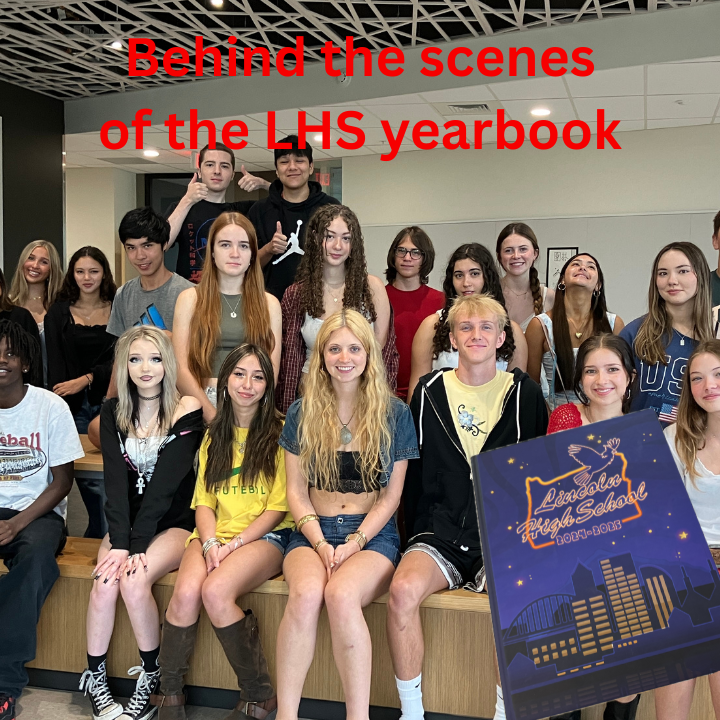Review of the nation’s most banned book: “Gender Queer” by Maia Kobabe

“Gender Queer,” a graphic memoir by Maia Kobabe, is the nation’s most banned book. It covers Kobabe’s experiences with gender identity and sexuality.
January 10, 2023
“Gender Queer,” a young adult graphic memoir by Maia Kobabe from 2019, is the most banned book in the US, with 41 challenges from July 2021 to June 2022, according to PEN America, a nonprofit organization that “protect[s] open expression” in literature.
With heightened polarization and politicization of many everyday topics, some parents, teachers, librarians and administrators are proposing bans on books they don’t support, including those that depict topics such as LGBTQ+ identities, race and racism. According to the American Library Association, in 2021 there were a record number of challenges on more than 1,597 different books. The number of challenges in 2022 is expected to exceed this.
In “Gender Queer,” Kobabe, who uses e/em/eir pronouns, discusses eir experiences with exploring sexuality and gender identity. Those in favor of banning the book believe the book is sexually explicit and pornographic.
I was eager to read the book I’ve heard so much about. As a queer teen, I’ve tried to immerse myself in as many books featuring LGBTQ+ characters to expose myself to a diversity of gender identities and sexualities. Through books that share other peoples’ experiences with exploring themselves, I’m able to reflect and explore my own identity.
From the very first page, “Gender Queer” drew me in. Kobabe shares eir experiences with feeling uncomfortable in the gender binary from a young child up until adulthood.
Kobabe’s immersive and honest way of writing and illustrating helped me to fully connect with eir journey. E didn’t skip over any of the messy or difficult parts of eir journey. So often, people avoid uncomfortable conversations or moments, but we have to share and be receptive to both the good and the bad, the easy and the hard.
Another reason why “Gender Queer” struck me as so insightful is way that it helps increase nonbinary and queer representation and visibility. By sharing eir journey with exploring gender and sexuality from a young age, Kobabe is showing others who are just beginning to explore their identity that their experiences are valid and that they aren’t alone.
The memoir definitely had some scenes that wouldn’t be suitable for children. However, Kobabe explores the subjects of menstruation, sex and gender dysphoria in a way that never felt overly uncomfortable or obscene to me.
My one quibble with the book is that a few of the scenes didn’t really relate to the overarching story. However, I felt that they help to establish a connection between Kobabe and the reader, and the memoir was never excessively slow.
Overall, I was impressed with this graphic memoir and highly recommend it to everyone. It is truly insightful and presents topics that are important for everyone to learn.



